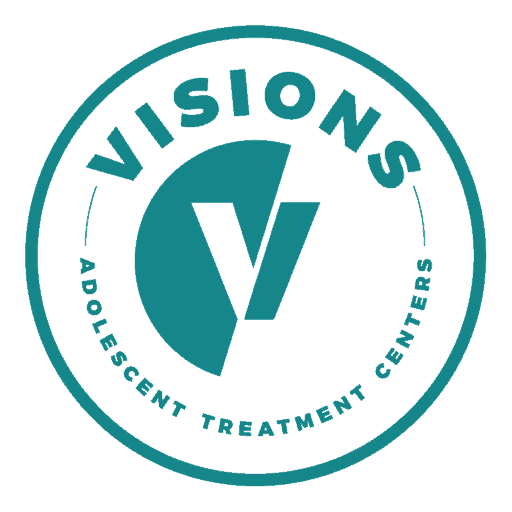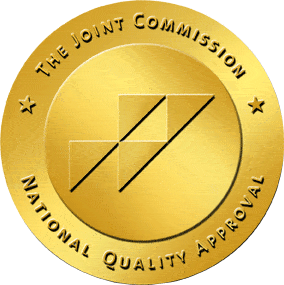Evidence-based treatment for OCD, such as Exposure and Response Prevention (ERP) and Cognitive Behavioral Therapy (CBT), offers the highest success rates for sustained recovery. These methods target the root causes of OCD, reduce relapse risks, and address co-occurring issues like addiction. Evidence-based treatment for OCD is critical for long-term healing and empowers individuals to reclaim control over their lives.
Obsessive-Compulsive Disorder (OCD) is more than quirkiness or a preference for order – it’s a relentless cycle of intrusive thoughts and compulsions that can derail education, relationships, and self-worth. For families navigating OCD, the flood of treatment options (from mindfulness apps to unproven supplements) can feel overwhelming. Yet decades of research point to one truth: evidence-based treatment for OCD isn’t just effective – it’s essential for lasting freedom. Here’s why.
The Science Behind Evidence-Based Treatment for OCD
How OCD Hijacks the Brain
Research shows that OCD stems from something akin to a hyperactive “worry circuit” in the brain, where parts of your central nervous system misinterpret neutral thoughts as threats. This triggers compulsions – rituals like handwashing or mental reviewing – to neutralize anxiety. Over time, these behaviors reinforce the cycle, exacerbating the symptoms.
Evidence-based treatment for OCD, like ERP, directly disrupts this loop by teaching the brain to tolerate uncertainty without rituals.
Why ERP and CBT Are Gold Standards
Exposure and Response Prevention (ERP), a subset of CBT, is the most rigorously studied OCD therapy. ERP works through gradual exposure and response prevention:
-
Gradual Exposure: Safely confronting feared situations (e.g., touching a doorknob without washing hands).
-
Response Prevention: Resisting compulsions, proving anxiety diminishes naturally.
Meta-analyses show that most OCD patients experience significant improvement with ERP versus a purely pharmacological approach or placebo treatments. CBT complements this by challenging distorted beliefs, fostering cognitive flexibility.
The Risks of Non-Evidence-Based Approaches
The Placebo Effect and False Hope
Well-meaning but unproven therapies (such as acupuncture or detox cleanses) may offer temporary relief through placebo effects. However, current research suggests that they fail to address OCD’s neural mechanisms, leading to relapse. For example, venting about fears in talk therapy can accidentally reinforce obsessions, while ERP’s structured approach breaks the cycle.
Pursuing alternative treatments first could effectively prolong suffering. Early intervention with evidence-based treatment for OCD prevents rituals from becoming automatic.
Evidence-Based Treatment for OCD and Co-Occurring Addiction
The OCD-Addiction Cycle
Up to 24 percent of individuals with OCD develop substance use disorders, often using drugs or alcohol to numb anxiety. Traditional addiction programs may overlook OCD’s role, leading to relapse.
One primary explanation is self-medication: individuals with OCD often experience intense anxiety, intrusive thoughts, and emotional distress, which they may temporarily alleviate through alcohol, drugs, or other substances.
For example, someone with contamination fears might use sedatives to numb their anxiety, or a person plagued by obsessive thoughts might turn to alcohol to quiet their mind. Over time, this coping mechanism can spiral into dependence, as the brain associates substance use with relief from OCD-driven distress.
Neurobiologically, both conditions share dysregulation in brain circuits involving the prefrontal cortex, amygdala, and striatum, which govern impulse control, fear responses, and reward processing. OCD is linked to abnormalities in serotonin and glutamate systems, while SUD often involves dopamine-driven reward pathways.
Chronic stress from OCD may also weaken the brain’s ability to regulate impulses, lowering the threshold for addictive behaviors. Additionally, genetic predispositions and environmental triggers (e.g., trauma, social isolation) can create shared vulnerabilities. For instance, genetic studies suggest overlapping risk alleles for anxiety and addiction, while the shame and isolation caused by OCD may drive individuals toward substances as a maladaptive form of social coping.
Integrated evidence-based treatment for OCD addresses both conditions: ERP reduces obsessive fears driving substance use, while CBT can replace addiction triggers with healthier coping strategies. A targeted, multimodal approach is crucial in the treatment of OCD with comorbid substance use disorders.
Long-Term Benefits of Evidence-Based OCD Treatment
Sustained Symptom Reduction
Evidence-based treatment for OCD doesn’t just suppress symptoms – it can help rewire brain pathways. Neuroplasticity allows us to continue to develop and learn even after our brain has finished developing, and therapeutic processes, such as those initiated by ERP, can help “change” the brain.
While this biological shift explains why ERP’s benefits often persist for years, support and continued, long-term symptom management remain important for conditions as impairing as severe OCD.
Improved Quality of Life
Post-treatment, patients report improved academic and work performance (reduced time spent on rituals), healthier relationships (less conflict over compulsions), and increased self-efficacy (greater trust in handling intrusive thoughts).
Implementing Evidence-Based Treatment for OCD
Look for therapists certified by the International OCD Foundation (IOCDF). Consider incorporating family therapy and look for clinics or therapists with a history of treating OCD with mental health comorbidities. Families learn to avoid enabling compulsions (such as providing excessive reassurance) and instead support exposure practices. Parental coaching improves treatment adherence and reduces household stress.
Overcoming Barriers to Evidence-Based Care
Misconceptions like “OCD is just about cleanliness” or “Therapy is for the weak” deter people from seeking ERP. Self-stigma – internalized shame about needing help – also silences sufferers. Cultural taboos further marginalize those needing care. Furthermore, ERP’s exposure exercises can feel daunting. Therapists preempt this by starting with low-stress scenarios (e.g., saying the word “germs” aloud) and gradually increasing the difficulty, while thoroughly explaining the process to patients and giving them ample time and space to ask questions and learn more.
While some insurers limit coverage, the IOCDF’s provider directory helps locate affordable options. Teletherapy has also expanded access to evidence-based treatment for OCD in rural or underserved areas.
Overcoming barriers to evidence-based mental health care, such as ERP, demands collaboration: clinicians advocating for training, policymakers expanding coverage, and patients challenging stigma.
Evidence-Based Treatment for OCD at Visions Treatment Centers
Evidence-based treatment for OCD isn’t a quick fix – it’s a proven path to reclaiming life from fear and rituals. By prioritizing ERP, CBT, and integrated care for co-occurring addiction, individuals can achieve lasting recovery. For families, this approach offers more than hope; it provides a roadmap to freedom.









